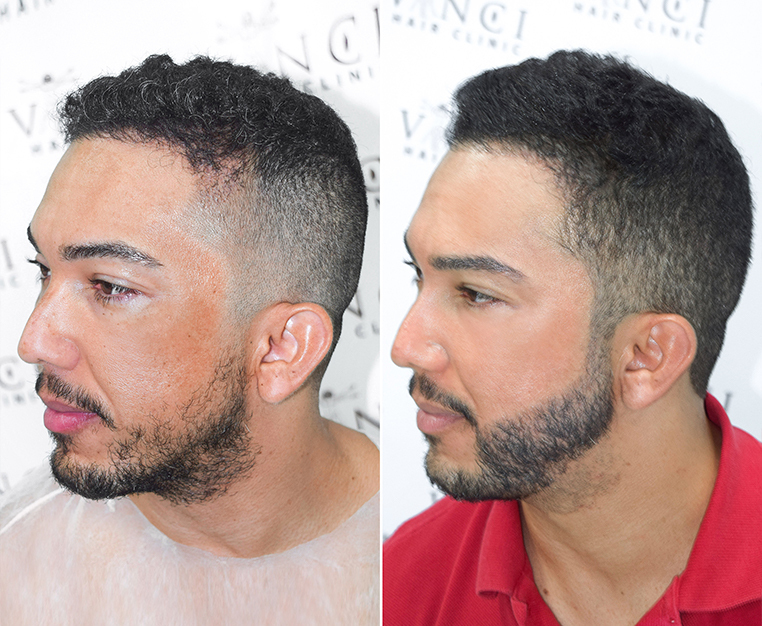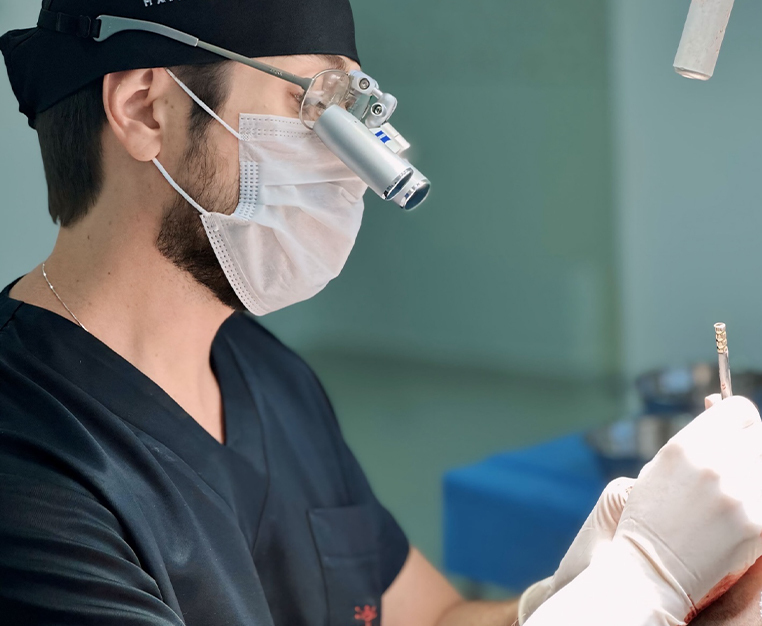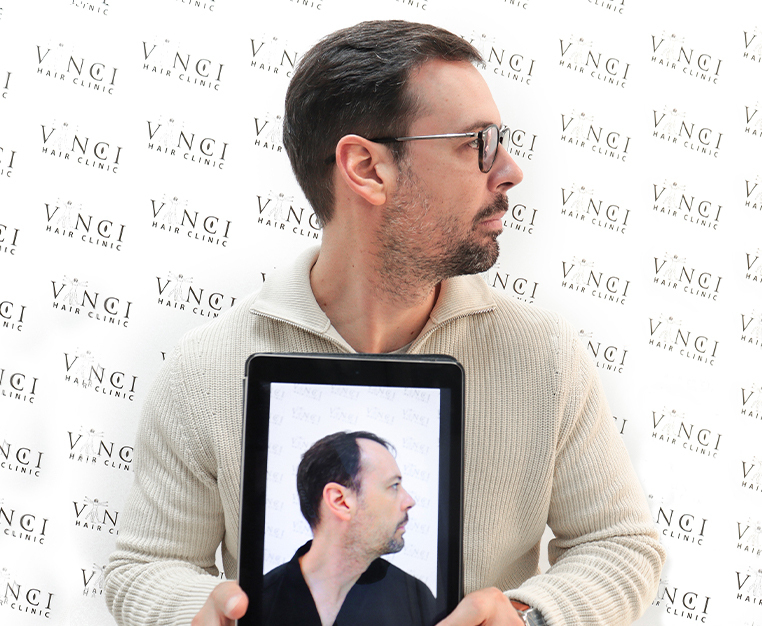Do you remember how you longed to grow up when you were a kid so you could do adult stuff? Now that you’re finally an adult, you want to reverse time and go back to when you weren’t worried about sagging skin and fine lines showing.
Although you mightn’t have noticed it yet, your hair is changing and ageing along with your skin. You can consider yourself lucky if you haven’t seen your first grey yet, but it’s coming. Other significant changes happen in your hair’s physiology with age besides greying. Some people see early signs of ageing in their thirties, but it’s usually in your forties that things become more noticeable.
While some changes in your hair occur due to factors beyond your control, a few signs are universal to the ageing process. Read on to find out what exactly happens when your hair starts ageing and what you can do to reduce its effects.
5 Common Signs Of Ageing Hair
Your hair experiences ageing just like your skin. It’s a natural process you cannot prevent but can easily manage. The changes may not happen overnight, but there are clear warning signs to look out for, such as:
Texture Changes
Your hair curvature tends to lose its uniformity as you age, making it look frizzier. Indeed, various factors can cause changes in your hair texture, like hormonal fluctuations during pregnancy or menopause, but ageing is one reason why it feels stiffer and coarser than in your youth.
Hair Dryness
Ageing is also associated with the slower production of sebum, the natural oil produced by sebaceous glands on your scalp. That’s why most individuals in their late forties or fifties are more likely to experience hair dryness than younger people.
Greying Hair
The appearance of grey hair is undoubtedly one of the most obvious signs of ageing. When you age, your hair follicles produce less melanin, the pigment that gives your hair colour, causing grey hair. While your genes can dictate whether you go grey at a relatively young age, it more typically begins in the thirties.
Hair Thinning And Baldness
The hormones that stimulate follicle fibres begin to diminish as you reach your forties and fifties, which explains why the amount of hair we have peaks for most people at around the age of 35. That’s why it’s common to see baldness and hair thinning among older adults.
Slower Hair Growth Rate
Hormonal changes during ageing cause a shift in the hair growth cycle. The anagen or growth phase becomes shorter so that your hair follicles don’t have time to generate quality keratin, the protein that makes up your hair and gives it strength.
Tips For Managing Ageing Hair
Hair ageing is inevitable, but that doesn’t mean you just have to sit there and wait for those signs to appear. While there’s no escaping it, you can take steps to keep your hair healthy-looking and strong by making a few adjustments to your hair care routine.
Choose The Right Hair Formula
The key to restoring the volume and thickness of your hair is to choose the right hair care product formulated to protect your roots. Avoid using harsh chemicals. Instead, go for ultra-nourishing shampoo and conditioner to give life to your dry hair.
Choose Something Light
If you notice your hair becoming thinner as you age, it’s best to stay away from heavy formulas like thick balm or oil. These products can weigh down your already thin hair, making it look limp and lifeless. Instead, use fast-absorbing and lightweight hair serums to moisturise your strands.
Choose Your Hair Care Ingredients Carefully
If you’ve previously ignored the components of your shampoo and conditioner or the ingredients of your styling products, now is the time to be more careful. Use sulphate-free shampoo and add hair products that contain cetyl alcohol, restoring lipids and antioxidants to soften your hair and support its keratin structure.
Limit Your Heat Styling
Even if you haven’t yet noticed any signs of hair ageing, it’s always a good idea to steer clear of heat styling, including flat irons and curling irons. If you can’t avoid them, try to limit your usage of heat styling products to once or twice a week. Otherwise, your hair will be more prone to dryness, frizz, breakage and damage.
Conclusion
Your hair may not be as strong, bouncy and healthy over time. External factors like heat styling tools could also affect its shine and health. That doesn’t mean you can’t do anything to slow down those signs of ageing and restore some beauty and strength to your hair.
Vinci Hair Clinic specialises in treating hair loss, and we’re here to provide diagnosis and treatment options. If you are experiencing hair loss, receding hairline or thinning, get in touch with us and book your free, no-obligation consultation today!





